Green Chemistry Laboratory Manual (2nd Edition)
₹695.00
V.K. Ahluwalia | Category: ChemistryBook Details
ISBN: 9789386221001
YOP: 2017
Pages: 172
Order also on
It is extremely important that chemistry students need to be introduced to green chemistry so that they can understand the positive impact it can have on human health and the environment. With this idea in mind, the book entitled ‘Green Chemistry Laboratory Manual’ has been compiled. This manual will be of immense use to all chemistry students, researchers & academicians at all levels. It gives a brief introduction to green chemistry explaining why green chemistry is necessary.
As per suggestions of a number of teachers, about 20 new green preparations have been added. A new section on organic synthesis by grinding of the reagents has been incorporated. Some miscellaneous organic synthesis like cyclohexyl acetate, tetrabutylammonium chromate, trans-1,2 cyclohexane diol, cis-2-cyclopentone-1, 4-diol have been added. The last synthesis, viz, cis-2-cyclopentene-1, 4-diol has been carried out using singlet oxygen.
Salient features:
- The twelve principles of green chemistry have been discussed in brief.
- The planning of green synthesis has been incorporated and typical green preparations given.
- These include atom economical reactions, reactions in water, supercritical carbondioxide, ionic liquids, polyethylene glycol, solid state, photoinduced organic synthesis, enzymatic trans-formations, use of microwave irradiation and sonication in organic synthesis, and organic synthesis by grinding of the reagents.
- The use of renuable starting materials has also been discussed.
1. Introduction
2. Why Green Chemistry is Necessary
3. Understanding the Twelve Principles of Green Chemistry
4. Generalisation of the Twelve Principles of Green Chemistry
5. Planning a Green Synthesis
6. Green Preparations
It is extremely important that chemistry students need to be introduced to green chemistry so that they can understand the positive impact it can have on human health and the environment. With this idea in mind, the book entitled ‘Green Chemistry Laboratory Manual’ has been compiled. This manual will be of immense use to all chemistry students, researchers & academicians at all levels. It gives a brief introduction to green chemistry explaining why green chemistry is necessary.
As per suggestions of a number of teachers, about 20 new green preparations have been added. A new section on organic synthesis by grinding of the reagents has been incorporated. Some miscellaneous organic synthesis like cyclohexyl acetate, tetrabutylammonium chromate, trans-1,2 cyclohexane diol, cis-2-cyclopentone-1, 4-diol have been added. The last synthesis, viz, cis-2-cyclopentene-1, 4-diol has been carried out using singlet oxygen.
Salient features:
- The twelve principles of green chemistry have been discussed in brief.
- The planning of green synthesis has been incorporated and typical green preparations given.
- These include atom economical reactions, reactions in water, supercritical carbondioxide, ionic liquids, polyethylene glycol, solid state, photoinduced organic synthesis, enzymatic trans-formations, use of microwave irradiation and sonication in organic synthesis, and organic synthesis by grinding of the reagents.
- The use of renuable starting materials has also been discussed.
1. Introduction
2. Why Green Chemistry is Necessary
3. Understanding the Twelve Principles of Green Chemistry
4. Generalisation of the Twelve Principles of Green Chemistry
5. Planning a Green Synthesis
6. Green Preparation
| Weight | 0.335 kg |
|---|---|
| Dimensions | 22 × 14.5 × 1.4 cm |
| isbn |
9789386221001 |
| subject-category |
Chemistry |
| yop |
2017 |

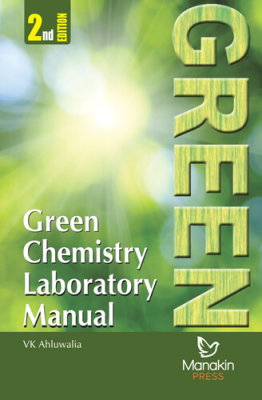


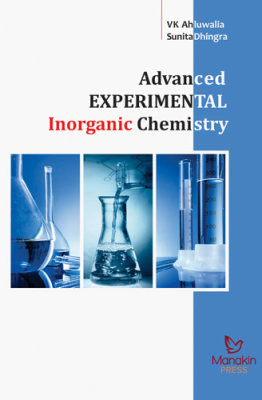
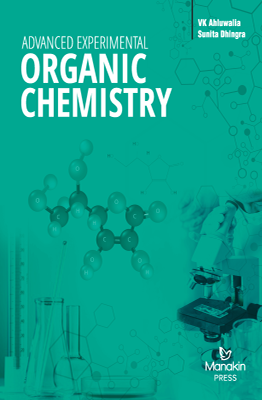

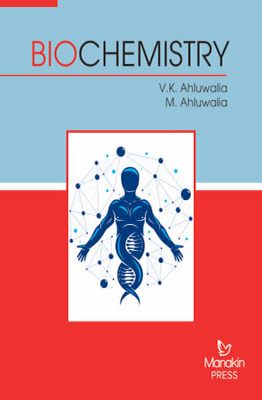
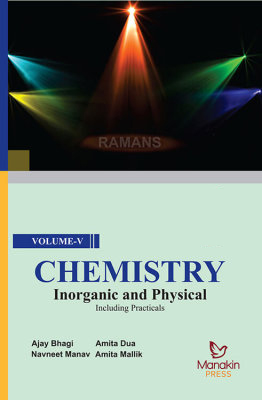
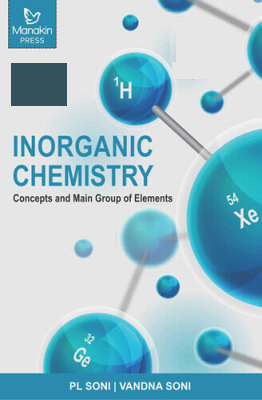
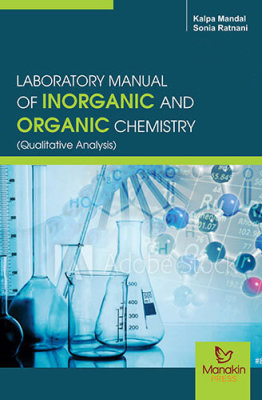
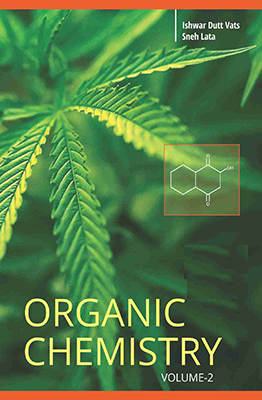
Reviews
There are no reviews yet.